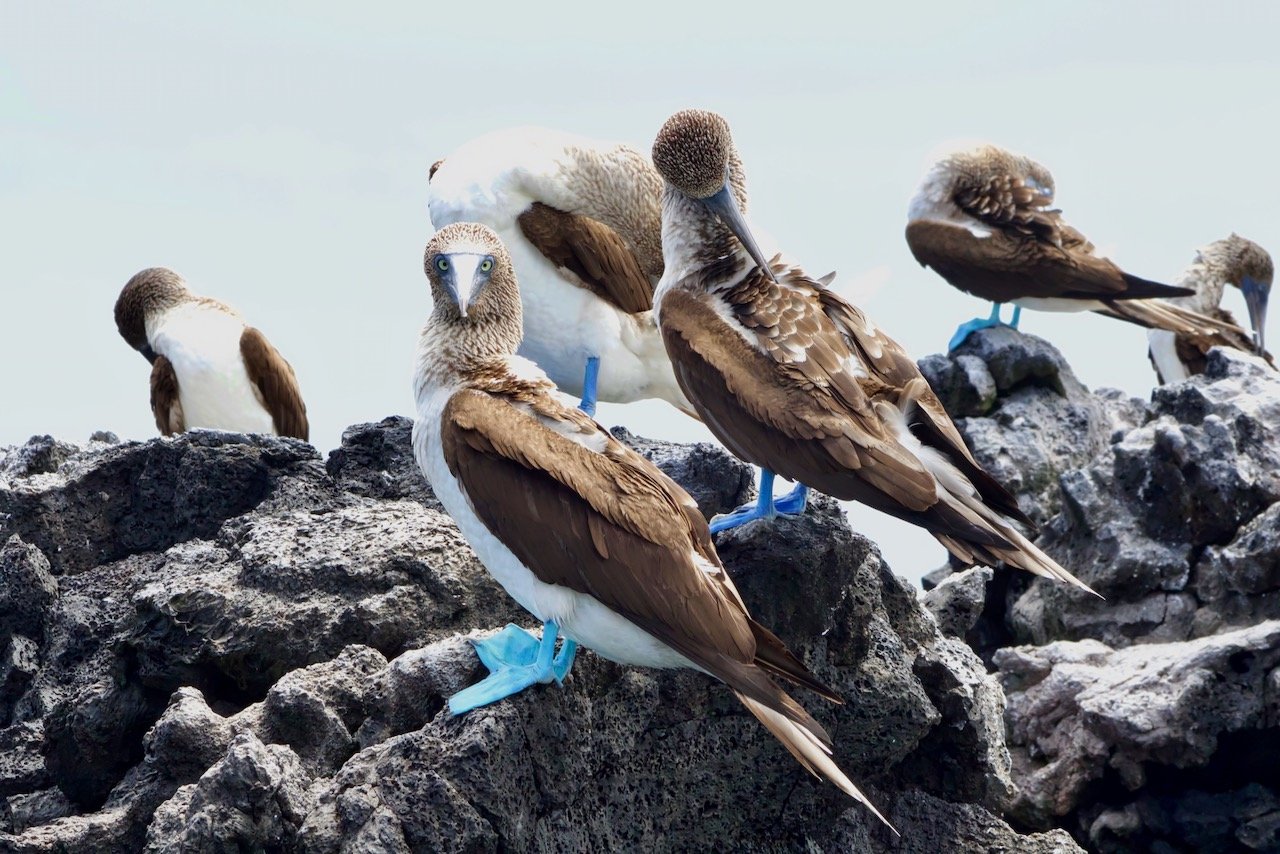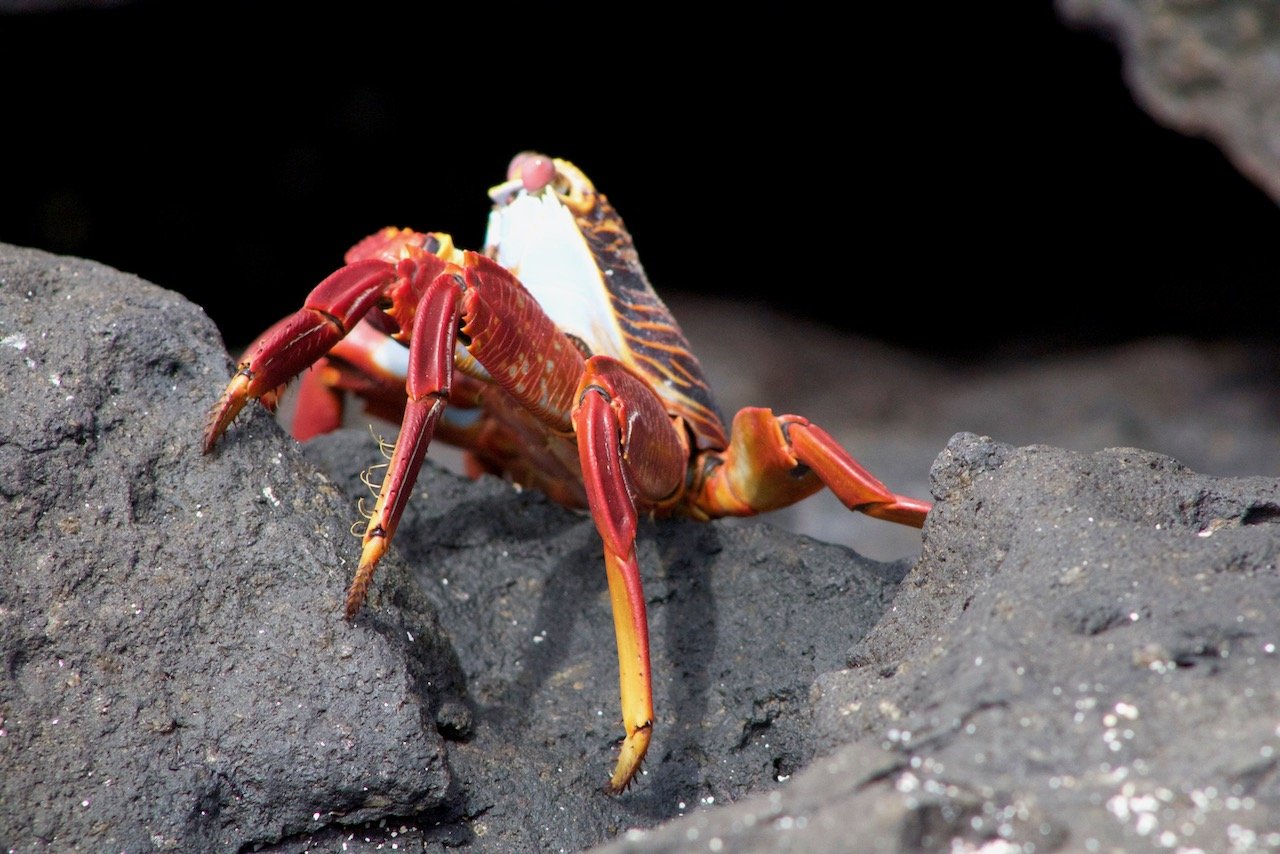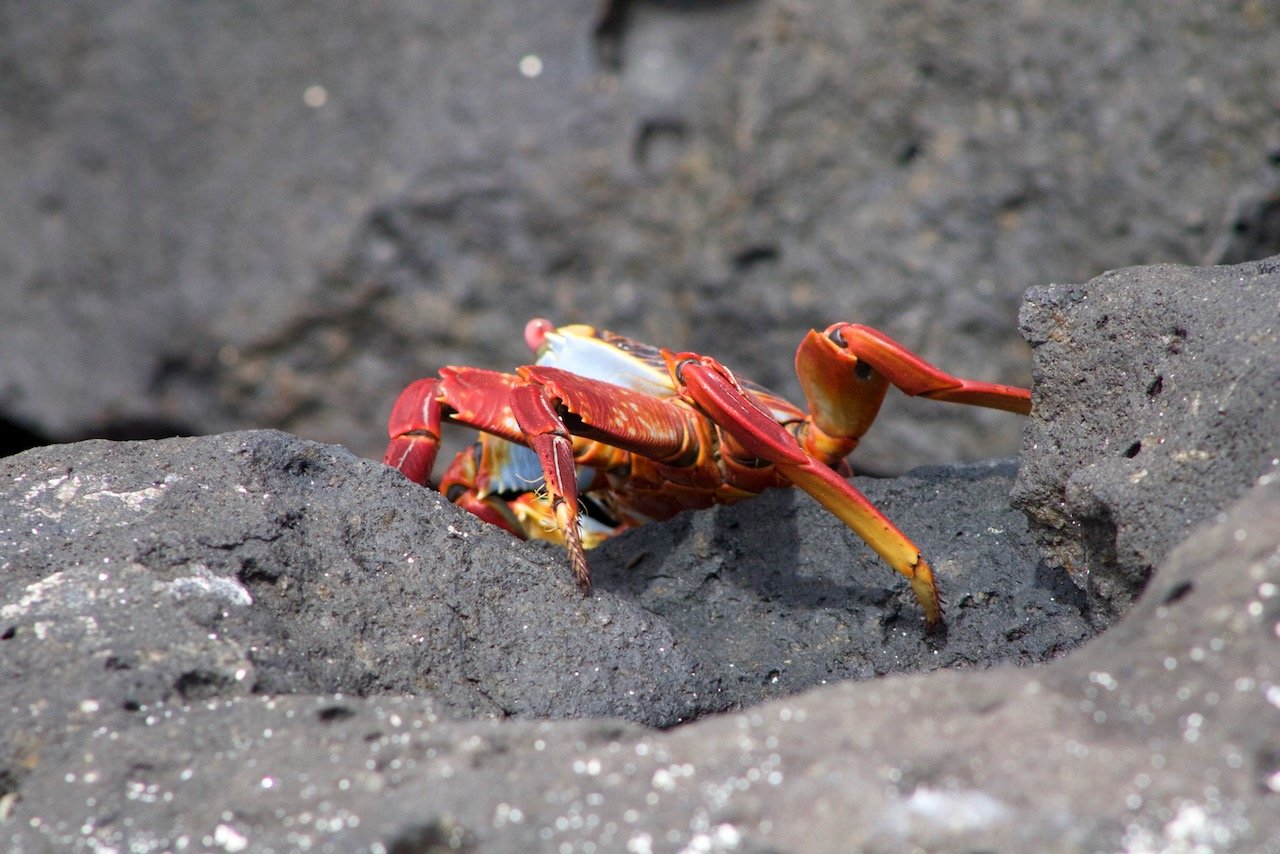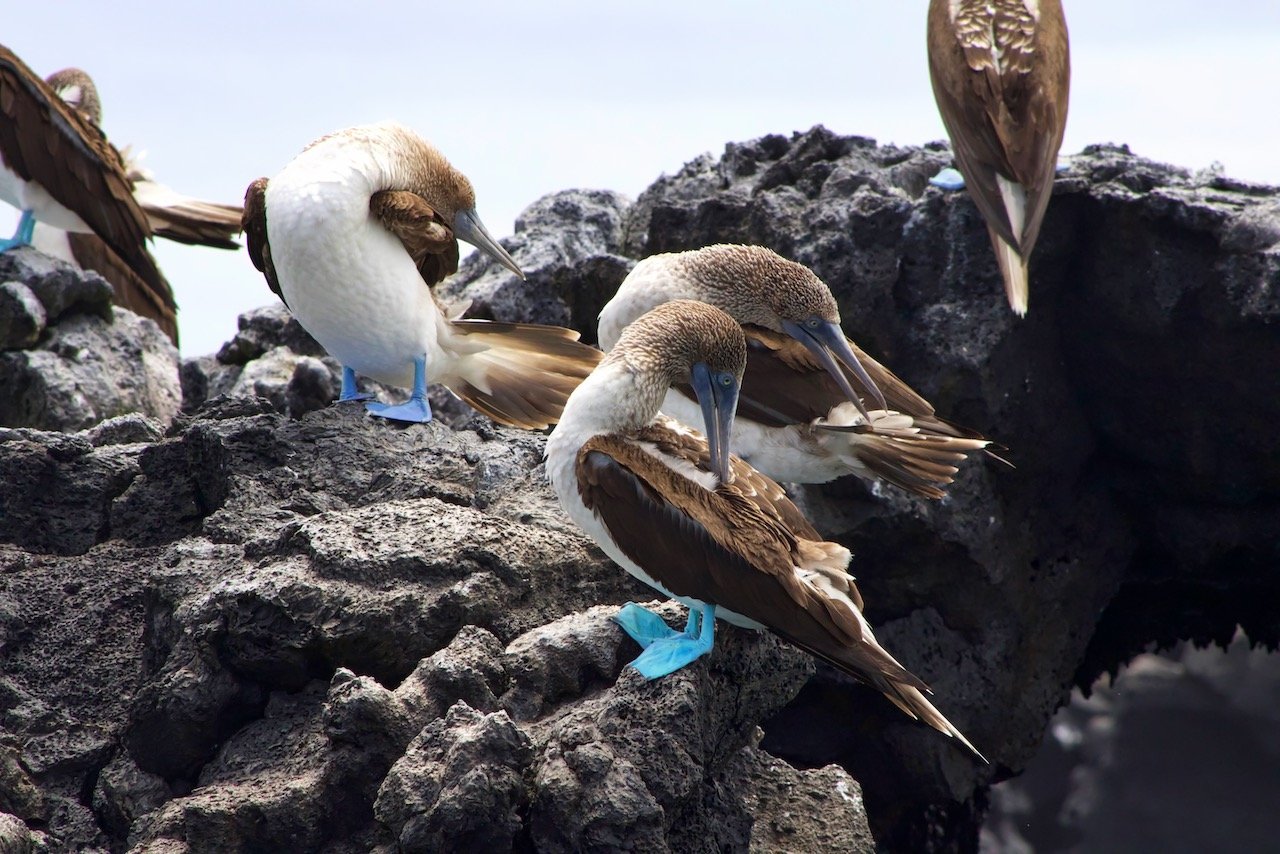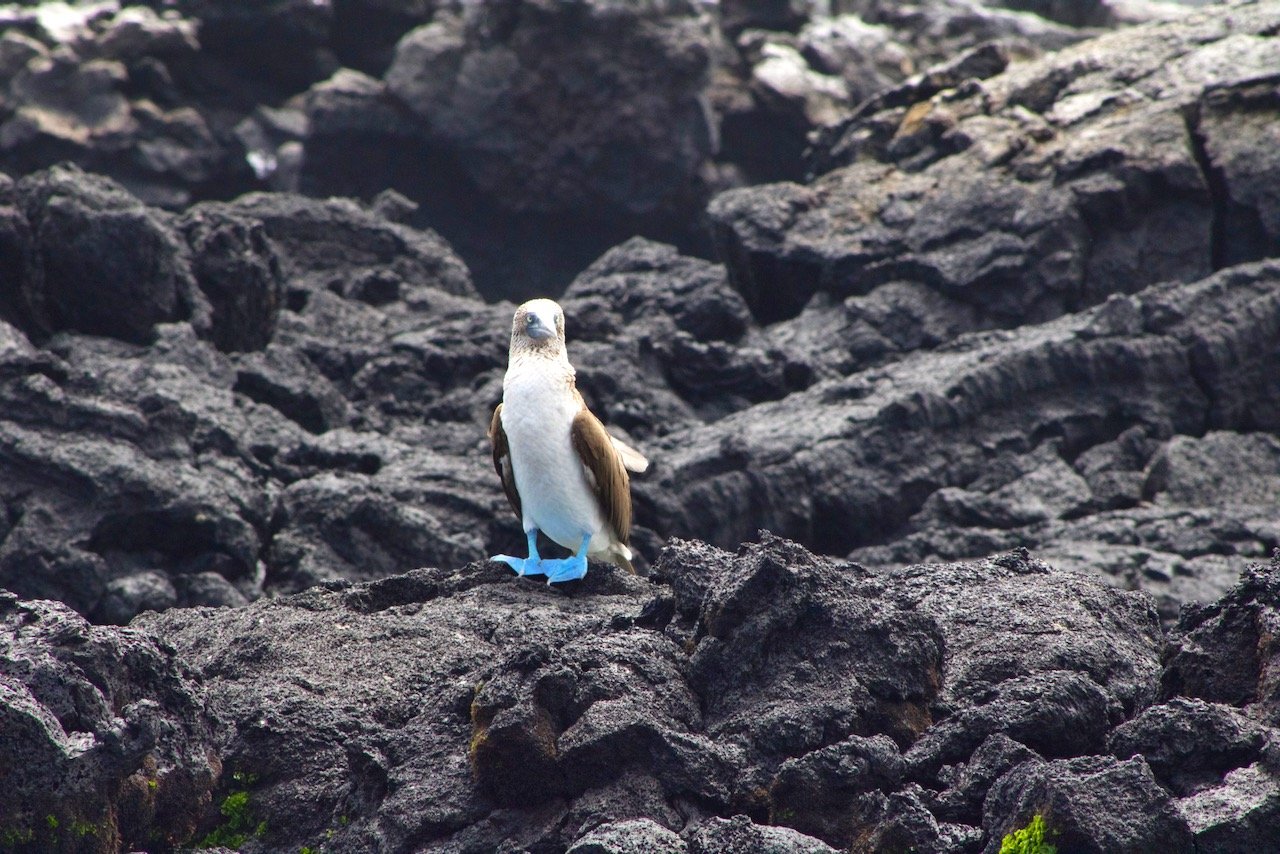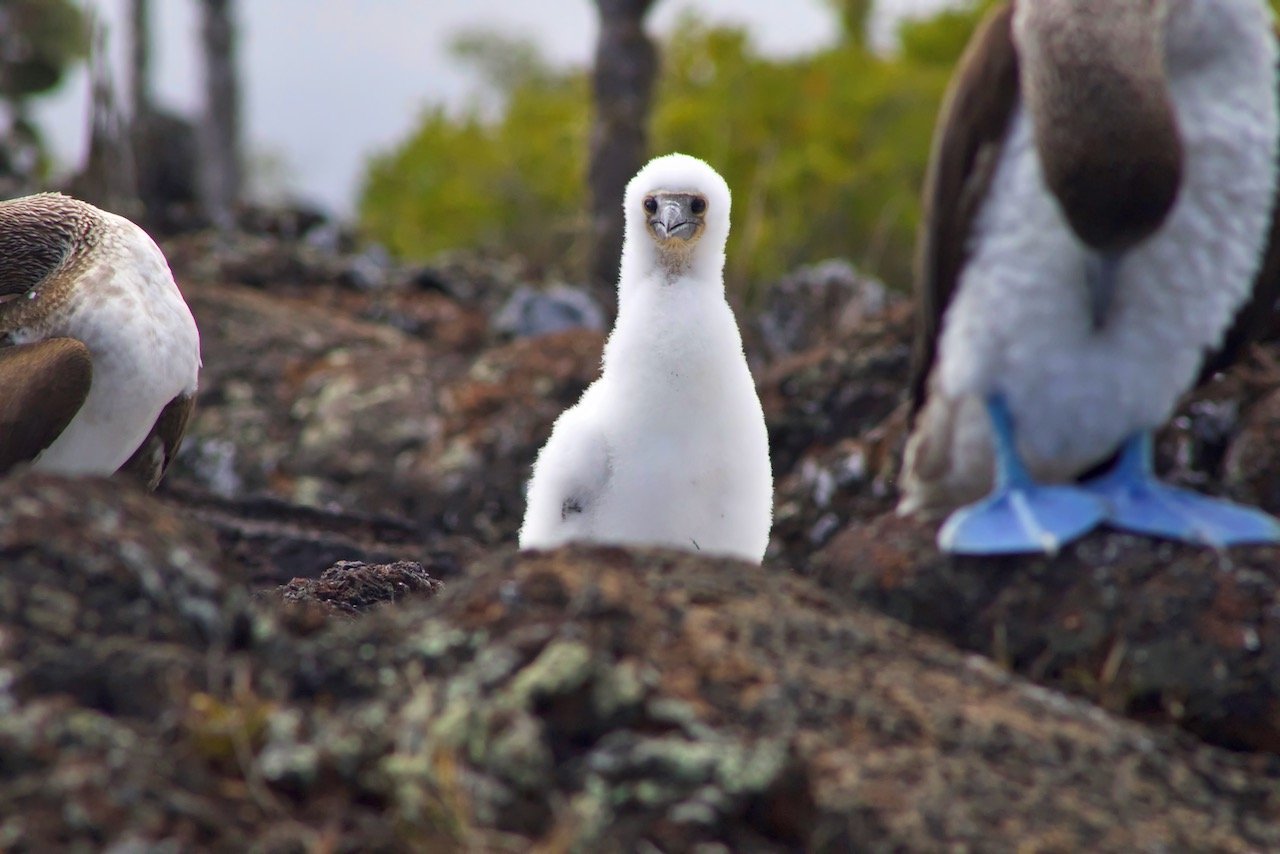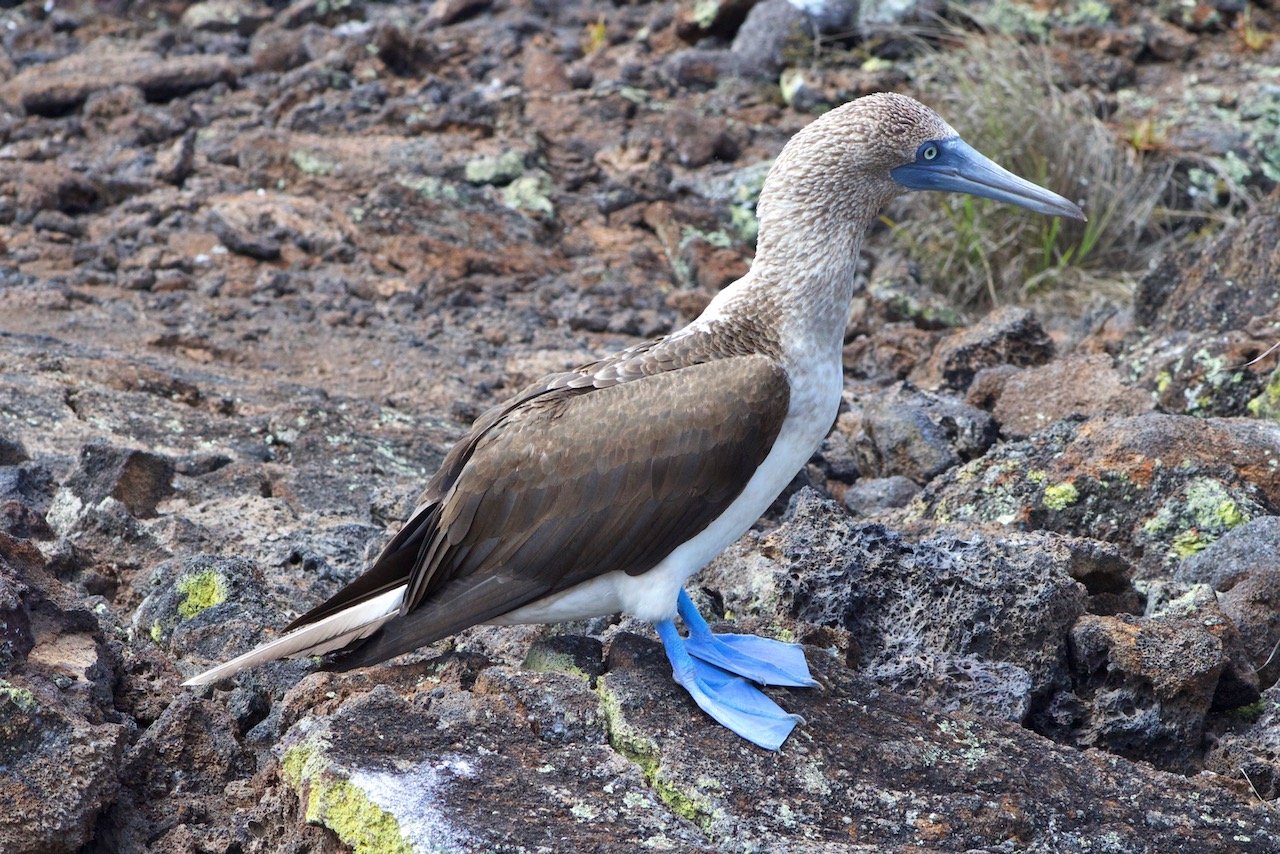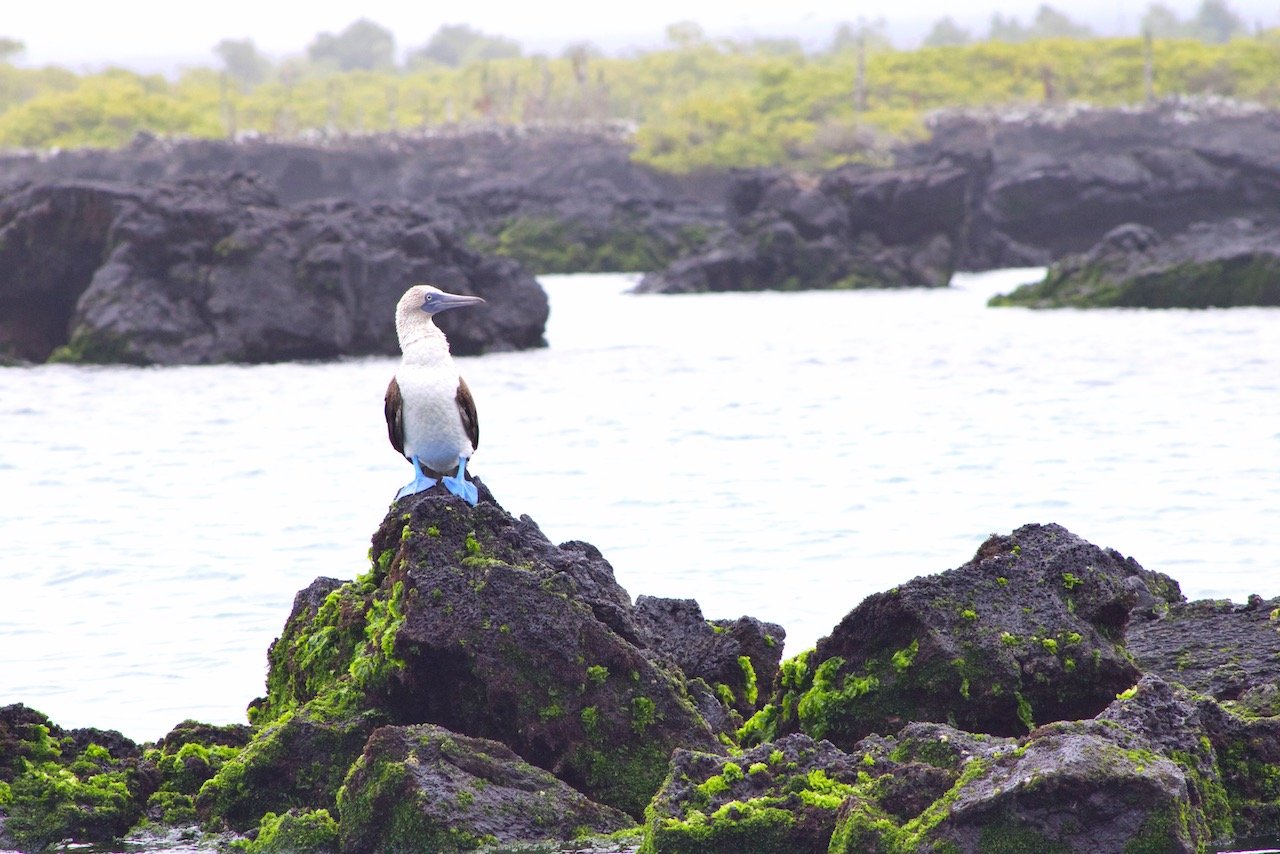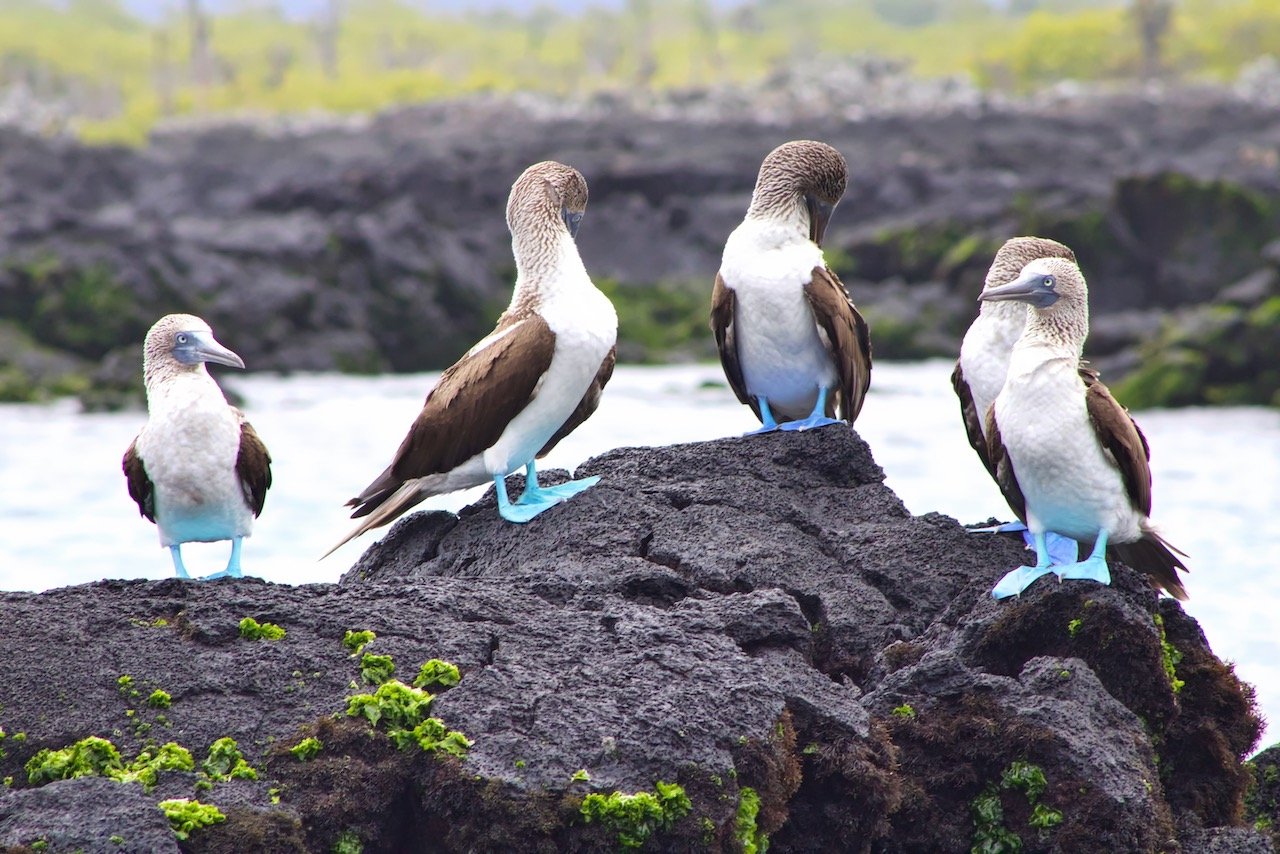A simple guide to seeing the Galápagos Islands
(Some links in this post are affiliate links. If you click through and take action, I'll be compensated.) If you are also interested in any PRINTS from any of my posts, be sure to check out my store where you can buy prints as posters, in metal/wooden frames or on canvas.
The Galápagos is an archipelago of volcanic islands that are owned by Ecuador and are historically significant, as it was the inspiration for Charles Darwin’s On the Origin of the Species and the theory of evolution. There are three main islands: Santa Cruz, Isabella, and San Cristóbal. There are several smaller islands that you can visit too with the help of operators (Santa Fe, Floreana, Española), each known for their different attributes.
The journey to the islands can be made by flying with Ecuadorian airline TAME. If coming from Quito, you will first fly to Guayaquil, then to Isla Baltra on the Galápagos Islands. These flights run typically once or twice every morning. Isla Baltra is located adjacent to Santa Cruz, so many people choose to stay there for a few nights and do day trips. From the airport, you must take a bus for 10 minutes, then ferry across a channel to get to Santa Cruz, which usually runs around $1 each way. And continue on your journey to the small town of Puerto Ayora.
You can choose to take speed boats between the [three main] islands, which run about 2 hours each way for about $40 a trip [between Santa Cruz (Puerto Ayora), Isabella (Puerto Villamil, and San Cristóbol (Puerto Baquerizo Morena)]. These boats usually run between the islands twice a day (Schedule here). Flying is also an option between islands, albeit at a higher price.
You can find a Google map of the places I will discuss at the end of this post. Also, if you have more time in this part of South America, be sure to check out the Salar de Uyuni in neighboring Bolivia! (Check out my blog post for more information on what to see in Bolivia.)
Santa Cruz
Upon arriving in Puerto Ayora and checking into your accommodation, it’s recommended you book your transportation between islands soon, as your day may be unavailable due to maximum capacity (same for trips that require a tour operator). There are also loads of tour agencies in this town that will set up your tour package any way you’d like it. They will recommend places to go depending on your time frame. I don’t think you will find much price disparity between agencies as they usually sell the same types of tours. Get the tour itinerary sorted out right after your arrival too; this way you can rest assured that you are guaranteed to see a lot of the highlights, while also working in free time during your stay.
After the logistics are taken care of, a walk around the town, towards the Charles Darwin Research Center is suggested. You will see animals immediately: marine iguanas, sea lions, Sally lightfoot crabs (comically known as graspus graspus), and maybe a dolphin or two. As for the center itself, it is an excellent historical resource on the islands themselves and Charles Darwin’s life and work, a great way to start your trip in the Galápagos.
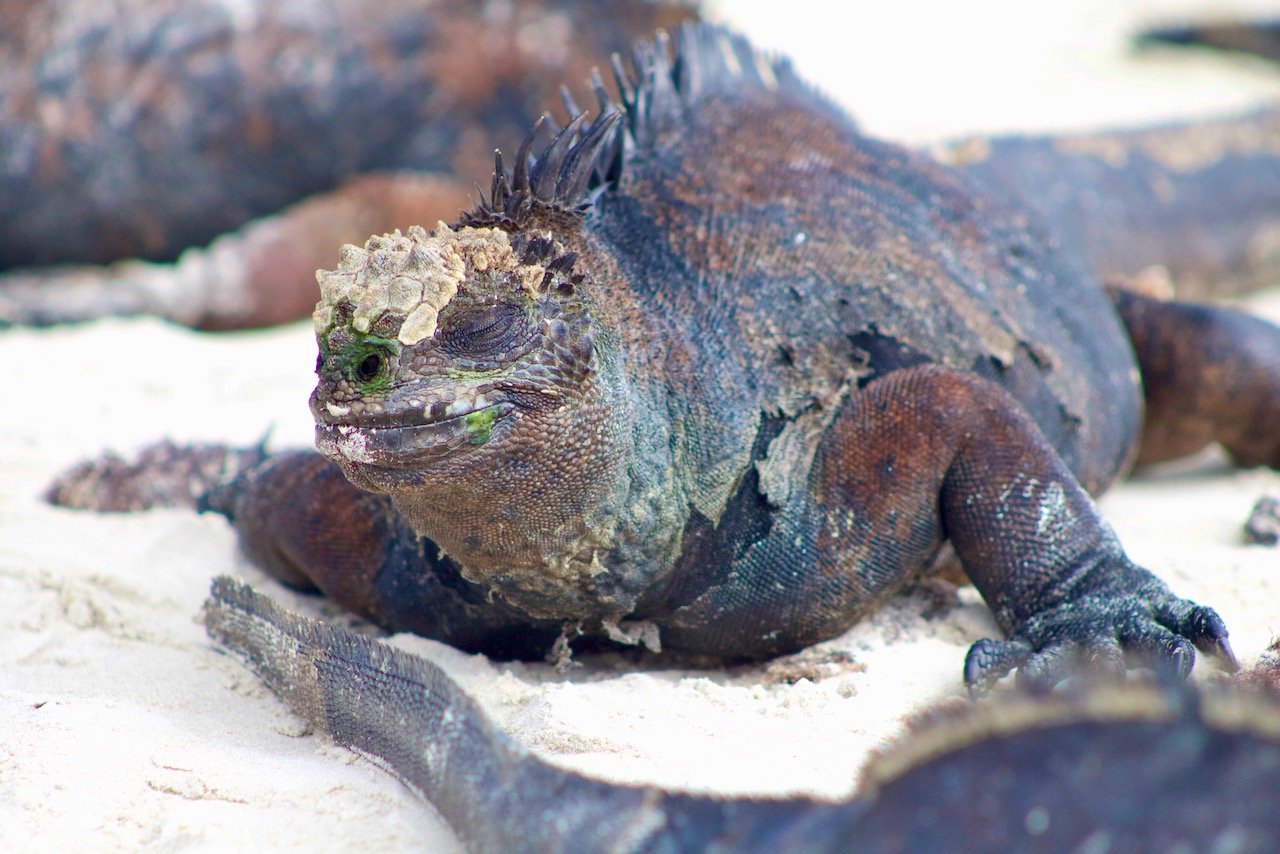
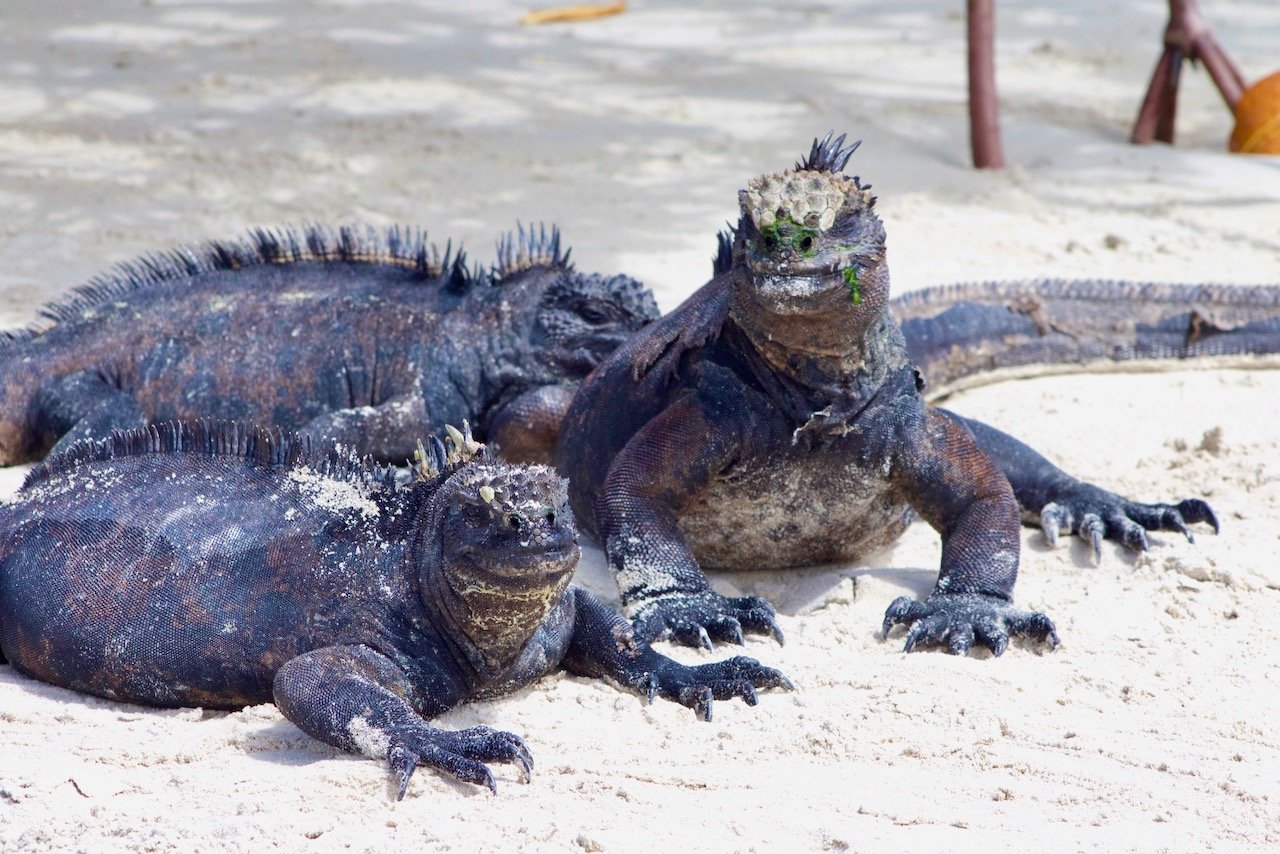
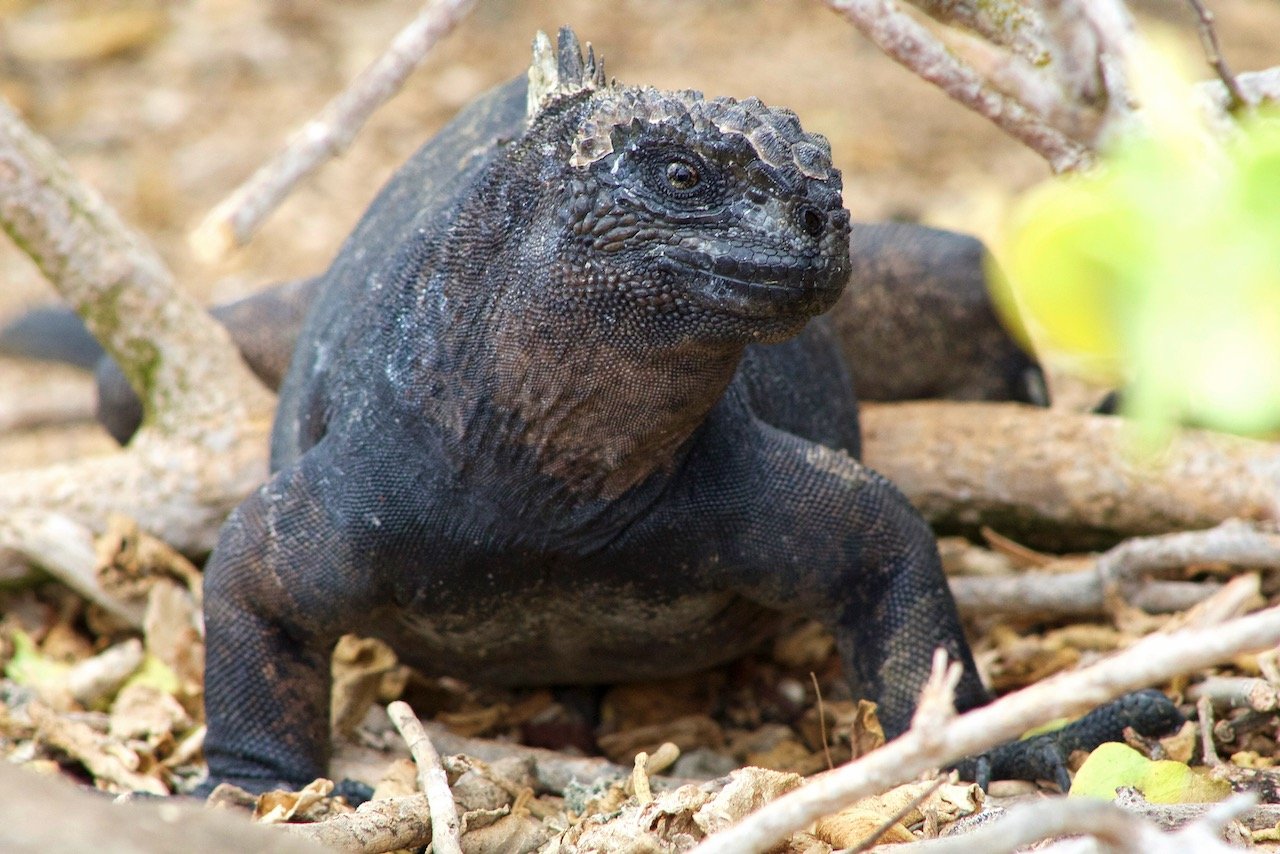
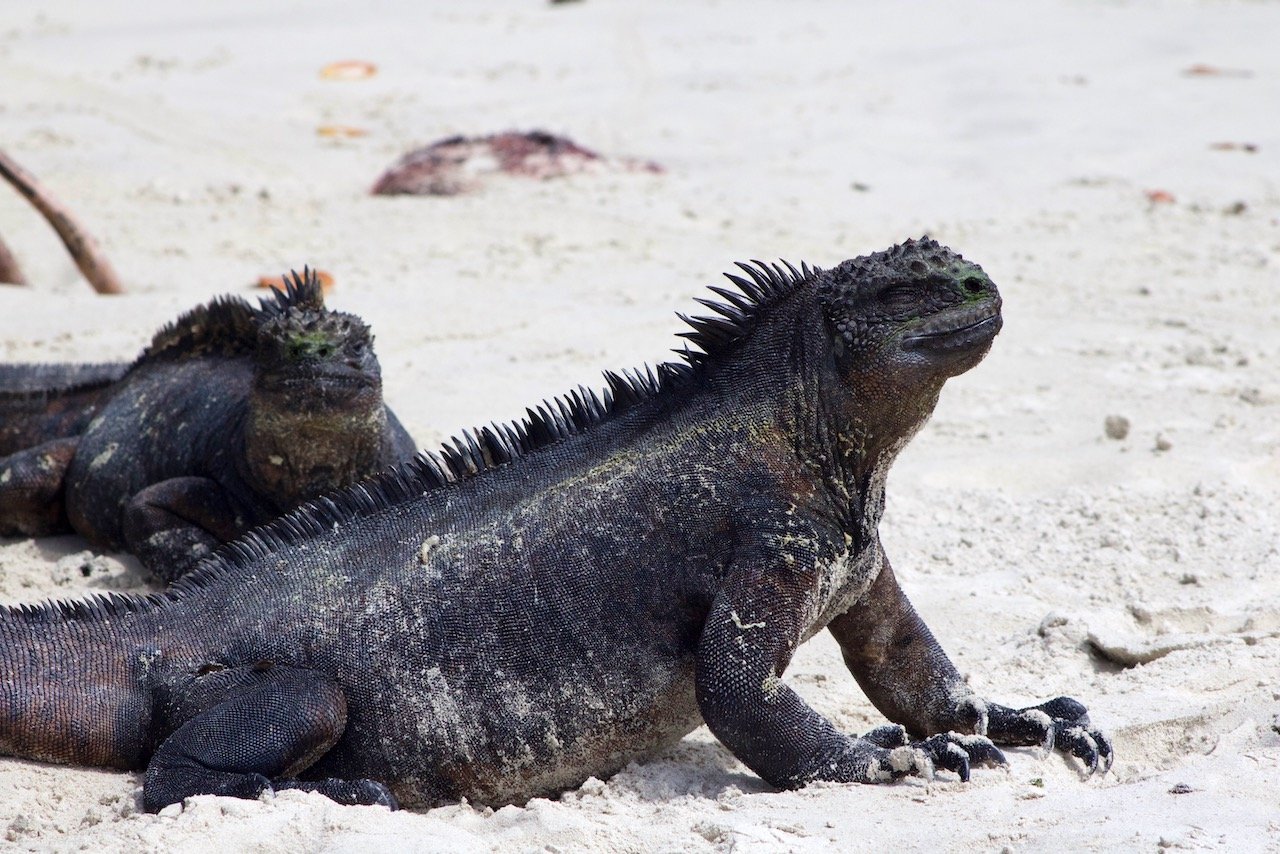
There are a few accessible beaches around to enjoy the sun and the occasional marine iguana/sea lion roaming around. Tortuga Bay is a 1.5 mile walk from Puerto Ayora taking you through the vegetation of the island before getting to the beach.
Las Grietas (literally translates to “crack” or “crevasse”) is a swimming area between two cliffs on the island. You must take a water taxi to get here as it is not well accessible by foot from the town. Most tours that operate on the island have Las Grietas as a stop. The landscape itself before arriving to the channel is uniquely gorgeous. Another beach suggestion is Playa el Garapatero on the east coast of the island.
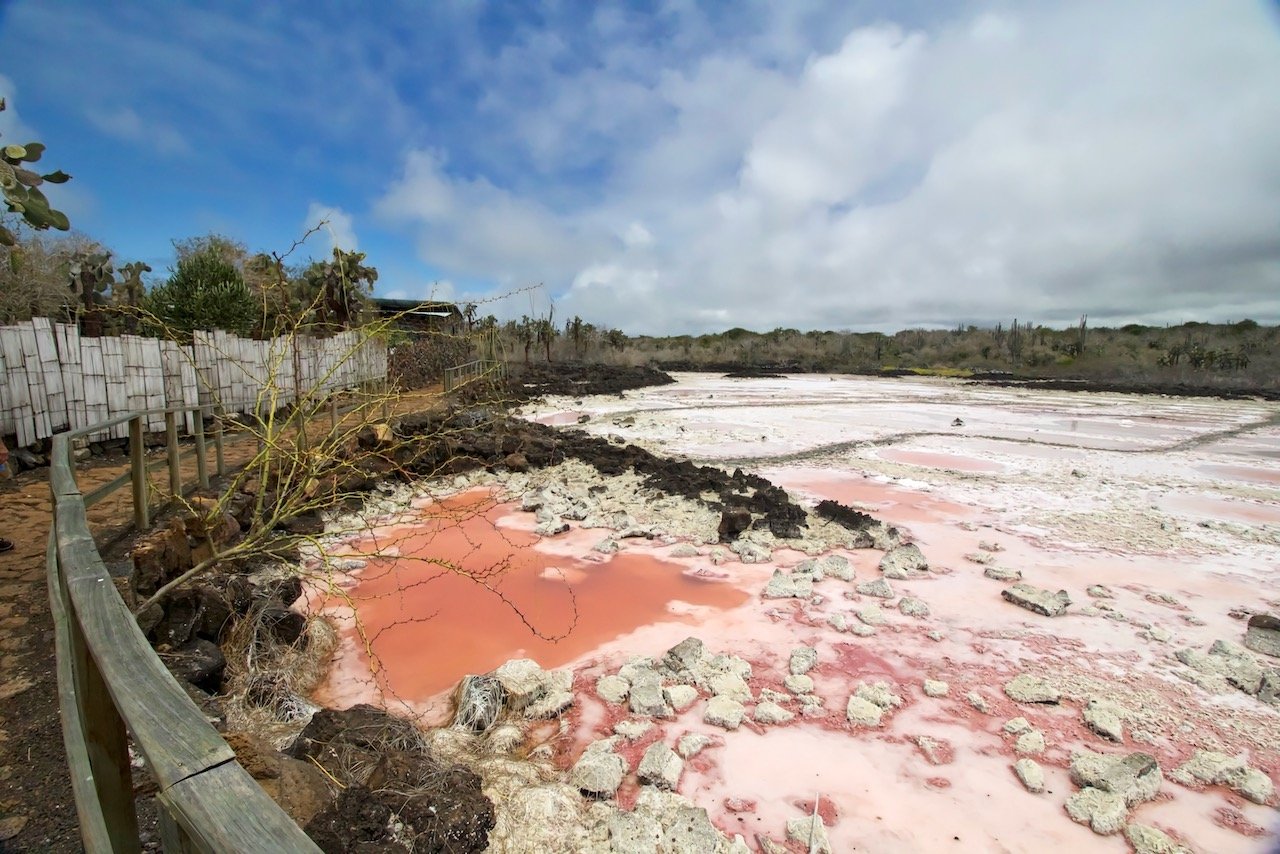
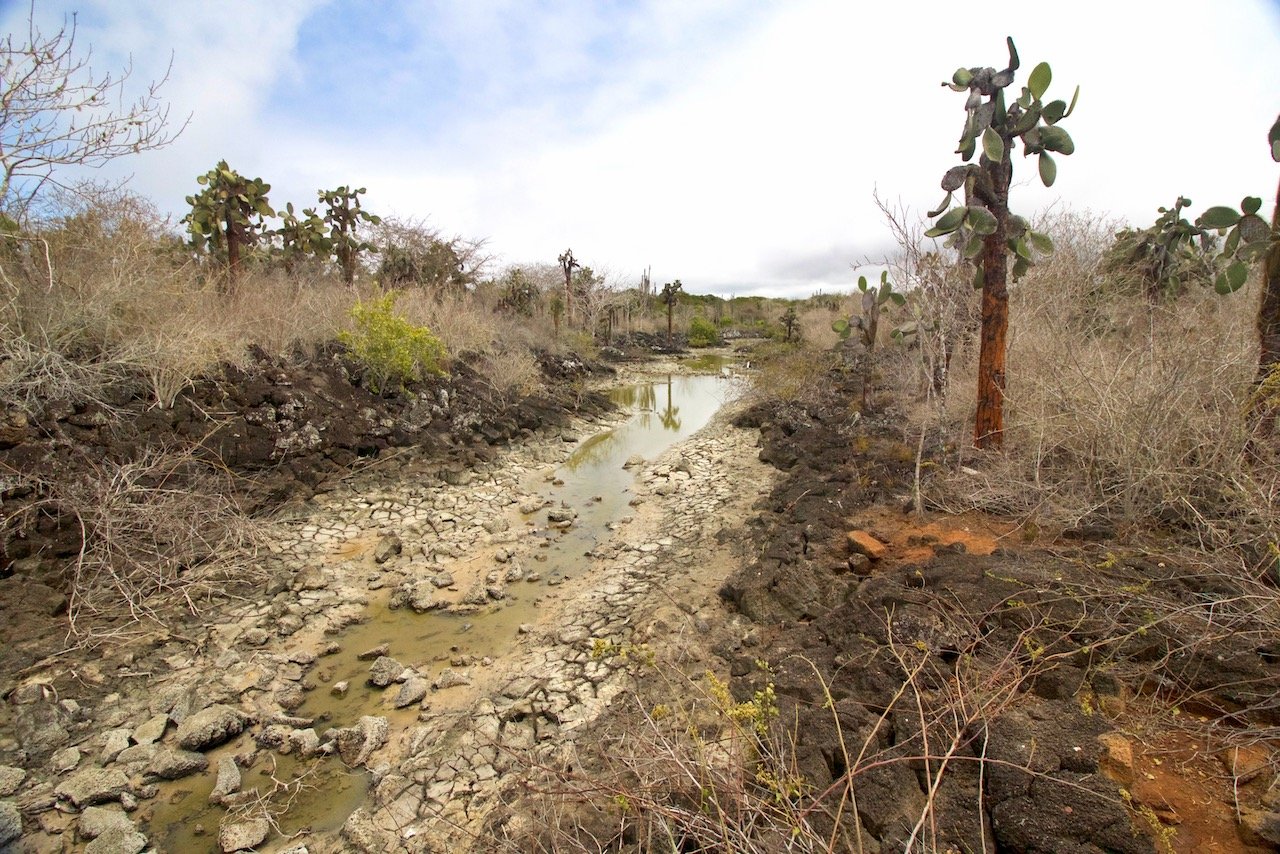
If you take a taxi about 30 minutes from Puerto Ayora, you will arrive at El Chato Reserve. You first start with a self-guided walk through one of the lava tunnels in the area and finish in a natural habitat for the giant tortoises. Here you can watch them roam freely and also understand how the turtles look different from island to island depending on what vegetation they feed on. The staff here is very knowledgeable and welcoming and they ask that you respect the space of the animals (at least 3 meters between you and the turtles) at all times. Don’t be that guy and get right next to one for a selfie, they will hiss at you and you deserve to be bitten.
Isabella
Isabella island, and Puerto Villamil, is a bit more spread out. As far as beaches go, Isabella Beach is one of the best ones in all of the Galápagos: it’s massive and relatively quiet. Do yourself a favor and spend a solid day with some drinks and ice cream here near the end of your trip. Take in the sunset as well nearby at Beto’s Beach Bar. The ambience and view from this place is spectacular.
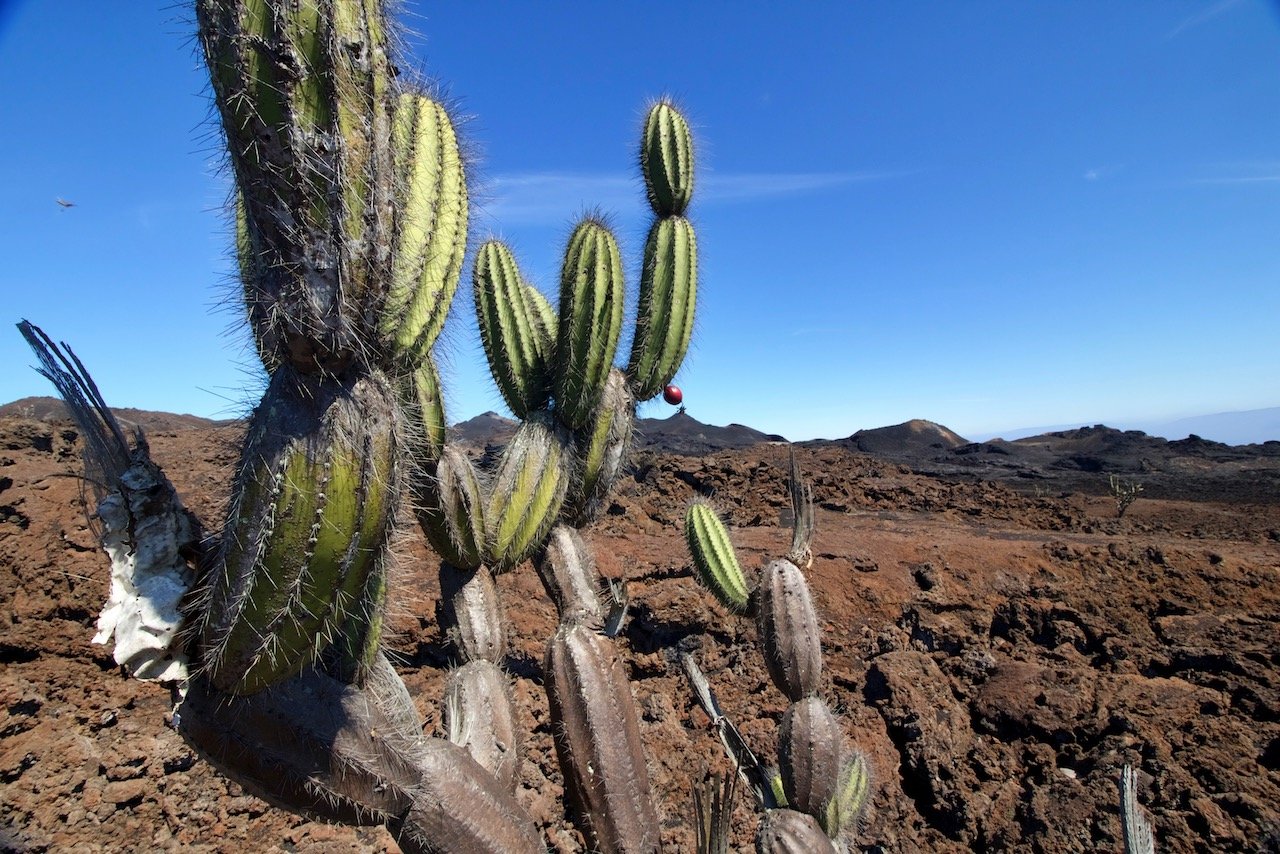
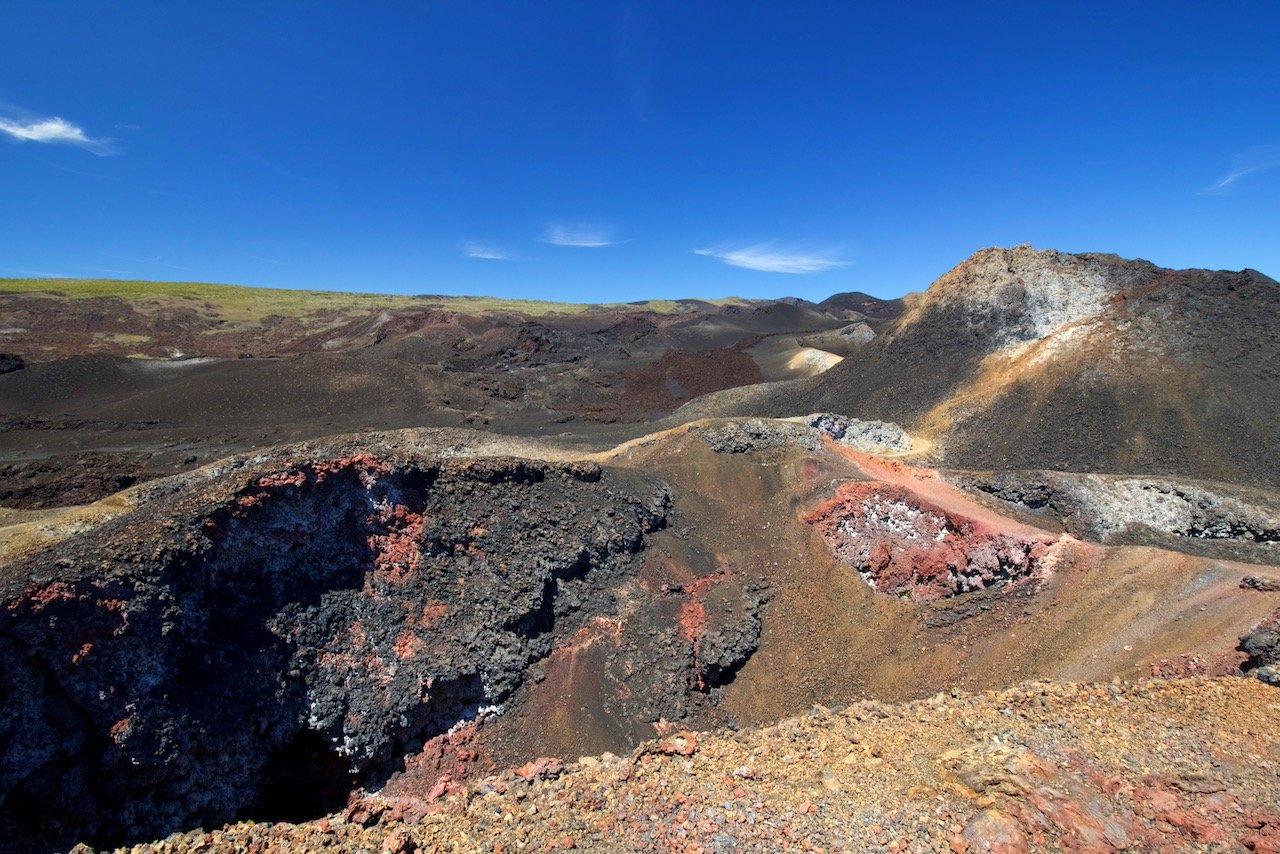
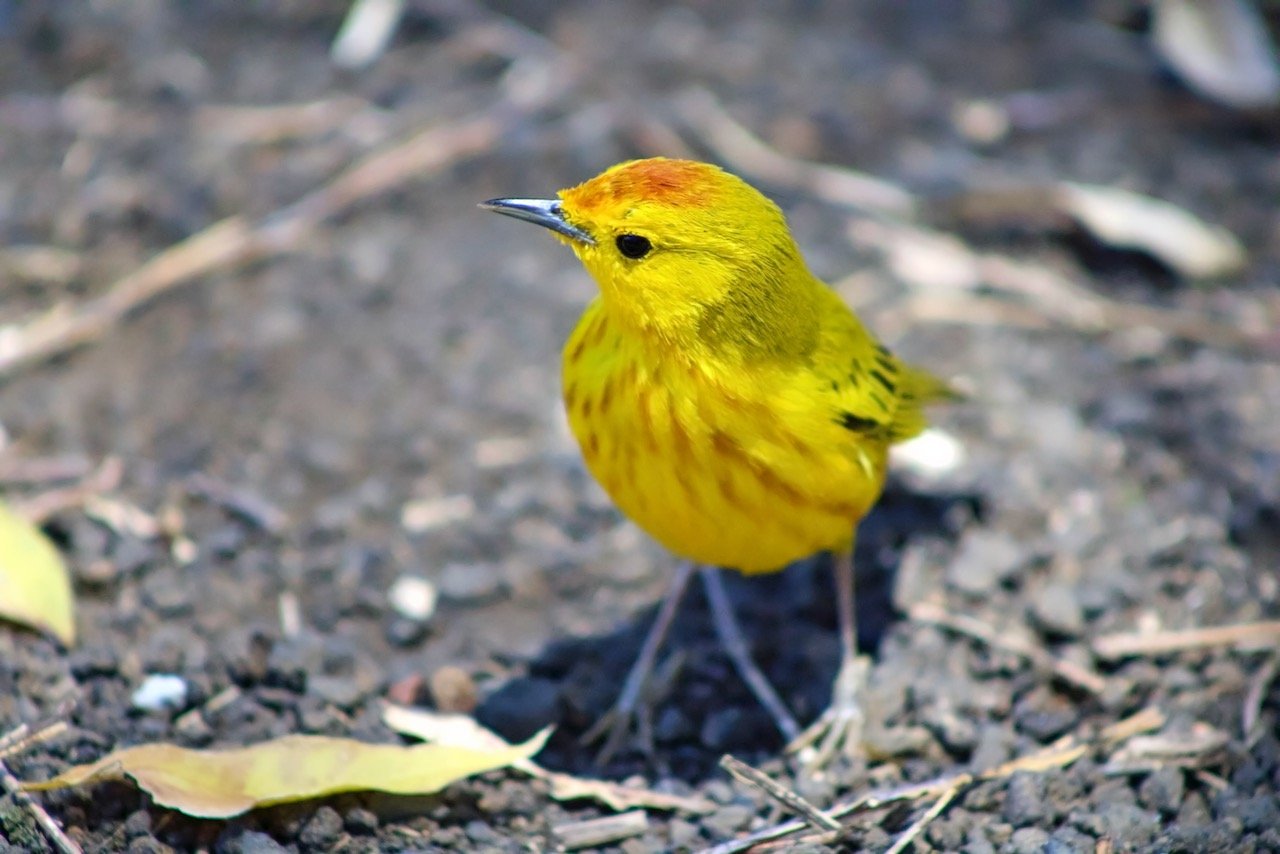
On the southeastern end of the island is the Sierra Negra Volcano, which lastly erupted in June of 2018. If you’re someone who enjoys counting their steps every day, a hike up and down this volcano will require at least 30,000 of them. The vegetation on the initial ascent takes you through a trail through a forest, as you walk along the caldera. This slowly changes while you ascend further to a somewhat primordial looking landscape, with large expanses of black volcanic rocks and small pockets of yellow/red sulfurous vents. Once near the top, you can get a birds eye view of most of the island. The most common animal you will see on this hike are the finches that try to steal your food.
Las Tintoreras is an islet that is home to many blue-footed boobies, iguanas, penguins, and even reef and tiger sharks during high tide. Here you can get up close and personal with the blue footed boobies in their natural habitat. Close by is Los Tuneles, a good snorkeling spot for spotting sea turtles and white tip reef sharks, and if you’re lucky, seahorses. This is accessible by a 40 minute boat ride from Isabella.
San Cristóbal
This island is actually the capital of the Galápagos and is much more relaxed than Isabella and Santa Cruz. It’s slower pace and more relaxed atmosphere make it the ideal island to stay on for multiple days.
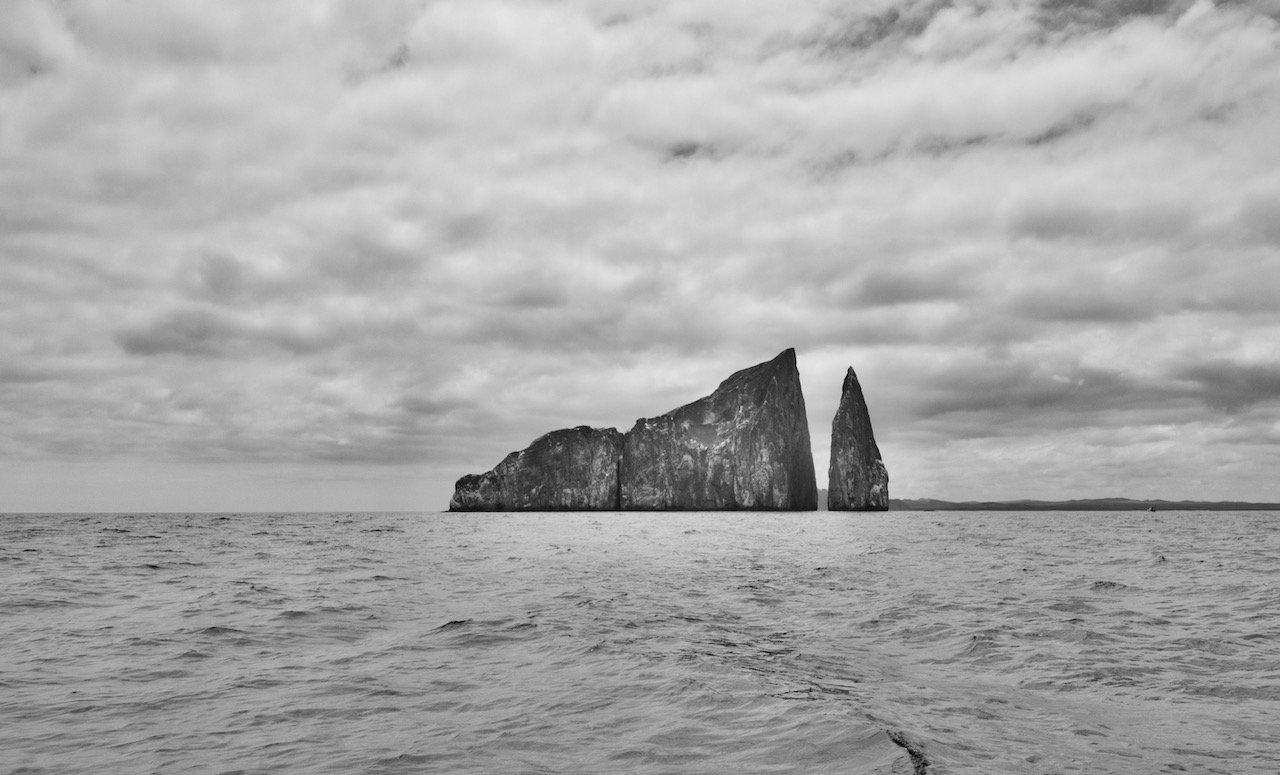
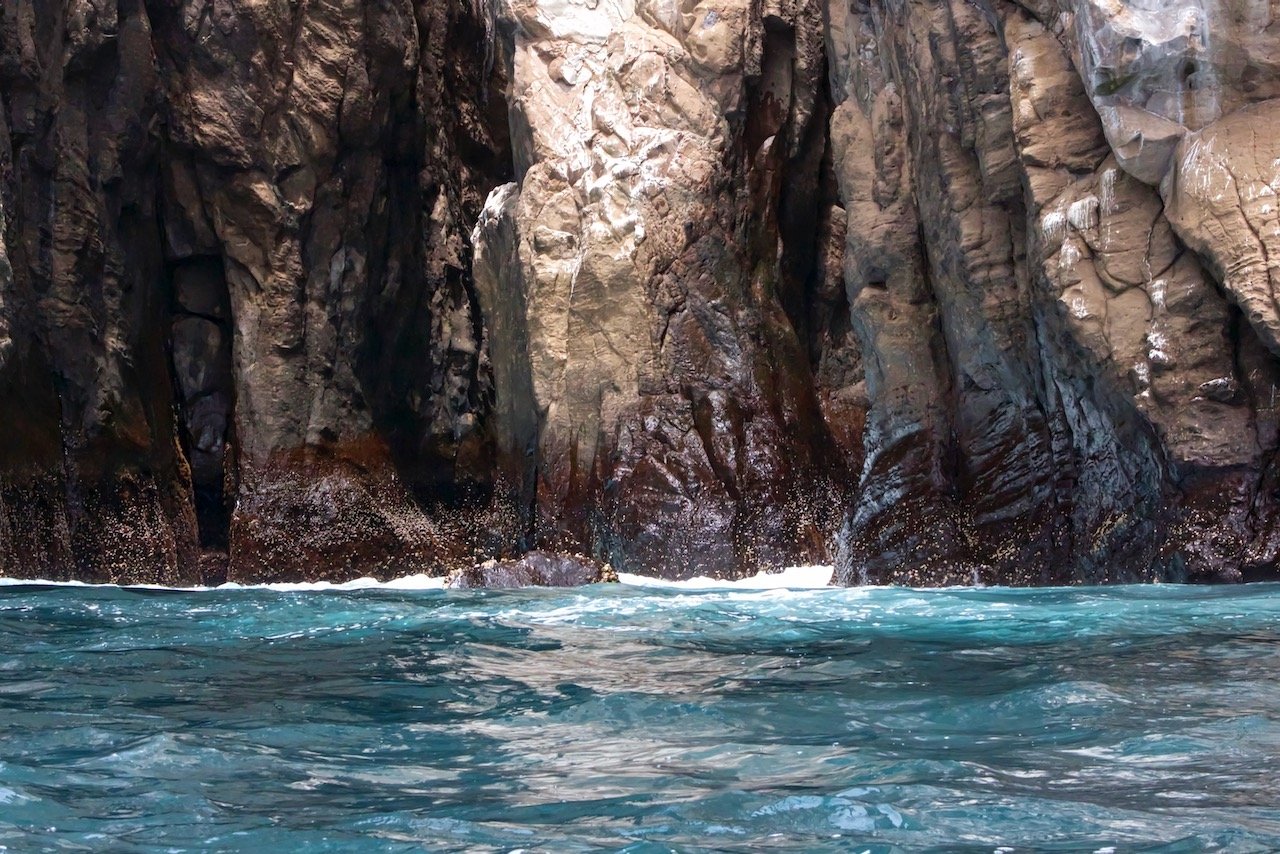
Kicker Rock was arguably my favorite part of the whole trip. It’s located off the coast of San Cristóbal and is reachable by boat. It is formed by one much larger rock formation and a small rock slab next to it, that form a canal between the two, perfect for snorkeling and diving. Black tipped sharks, sea turtles, sting rays all roam in these waters. Perhaps what also made the trip better was the fact that at the time, we had the area to ourselves.
Red-footed boobies also exist in the Galápagos, specifically at Punta Pitt, which is about 90 miles away from San Cristóbal.
There are a handful of other islands that can be seen (most typically on day tours) that offer more landscapes and animals in these parts. They include, but are not limited to:
Fernandina - one of the only islands with no foreign species, the youngest in the chain, and known for its active cone-shaped volcano.
Española - nesting site for albatross, swimming/snorkeling/kayaking at Osborn Inset is recommended, sea lion colonies.
Santiago - habitat for fur sea lions and black sand beach at Puerto Egas.
North Seymour - large colony of frigate birds and breeding grounds for other sea birds.
Rábida - excellent for birdwatchers. Also has red sand beaches with flamingos and you can often see penguins, hawks, and finches as well.
Genovesa - this eroded volcanic caldera has slipped back into the sea with only the very tip of the caldera still above sea level. There are plenty of day hikes here to Darwin’s Bay, El Barranco, and Prince Philips Steps.
Santa Fe - known for its massive land iguanas (almost 2 meters long) and manta ray and sea turtle populations.
Bartolomé - known for the hike to Pinnacle Rock. Home to some of the best hiking and snorkelling in all the islands.

